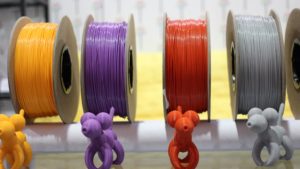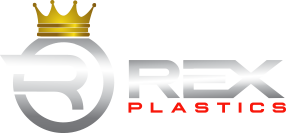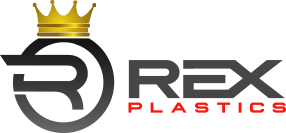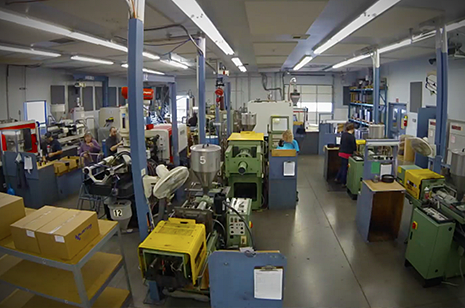- BY Rex Plastics
- POSTED IN 3D Printing
- WITH 1 COMMENTS
- PERMALINK
- STANDARD POST TYPE
 Most people don’t realize that 3D printing is decades-old technology. It’s undergone rapid evolution and explosive growth in recent years, and seems to find new uses almost daily. Economies of scale have brought 3D printing within practical and financial reach of the average person, creating new possibilities for entrepreneurs, makers, and inventors — including many first-timers. In this post, Rex Printing takes a brief tour of the past, present, and future of 3D printing, and how it relates to our plastic injection molding processes.
Most people don’t realize that 3D printing is decades-old technology. It’s undergone rapid evolution and explosive growth in recent years, and seems to find new uses almost daily. Economies of scale have brought 3D printing within practical and financial reach of the average person, creating new possibilities for entrepreneurs, makers, and inventors — including many first-timers. In this post, Rex Printing takes a brief tour of the past, present, and future of 3D printing, and how it relates to our plastic injection molding processes.
3D Printing: The Past
The first 3D printer was invented in Japan in 1981, and worked much like its modern successors, layering material to create objects in three dimensions. Its inventor, Hideo Kodama, failed to secure a patent and gave up on his invention. A few years later, similar efforts would be undertaken in France, only to be abandoned because the companies involved — CILAS and French General Electric — failed to see its commercial potential.
It wasn’t ’til 1986, when Charles Hull created stereolithography, that the technology “stuck.” The subsequent decade would see it evolve further, with new refinements like Fused Deposition Modeling (FDM) added incrementally. However, it remained prohibitively expensive.
3D Printing from 2005-Present
2005 was a watershed year for 3D printing, because many of the original patents began expiring. The (3D-printed) dominoes began to fall into place; 2008 saw Dr. Adrian Bowyer’s $650 Darwin printer, and two years later the important FDM patent entered the public domain.
In the time since, practically every industry has been impacted. We’ve seen everything from seen 3D-printed prosthetics to clothing, furniture, auto parts, toys, and even a working kidney.
As prices have fallen, the technology has dropped in price enough that the average person can buy a desktop-sized model. You can 3D print anything from replacement shoe soles to custom buttons for your jacket or Lego heads that look just like you.
But one of the biggest advances in recent years is the variety of materials that can be used in 3D printing. It’s not just polymers any more. The underlying technology has been adapted to food service, biological tissues for replacement organs and face transplants, large-scale buildings, and much more.
The Future of 3D Printing Technology
Futurism is always a dicey proposition, as you’ve no doubt noticed if you’ve ever taken note of the glaring lack of geodesic domes, jetpacks, flying cars, and robot maids we were promised all those years ago. However, when we’re faced with a technology that’s already revolutionized nearly everything it’s touched, it’s hard to escape the temptation to engage in a little speculation.
A few conclusions are inescapable. 3D printing isn’t just branching out to new materials; it’s also printing to different scales than before. At one end of the spectrum, that’s going to mean new advances for everything from car bodies to affordable homes. At the other end, nano-scale printing stands to revolutionize everything from organic chemistry to electronics.
For the team at Rex Printing, a glimpse of the future is available right here in the present. One of the most exciting developments, as far as we’re concerned, is 3D prototyping. It’s easy for nearly anyone to 3D print a proof of concept, refine, and reiterate. That takes a lot of the guesswork and expense out of an expensive process like injection molding, since it’s now possible to iron out the bugs ahead of time and bring down part of the cost of the process, keeping it in reach of startups and others with lower budgets.
What makes that so exciting? When it comes to figuring out the future of 3D printing, it puts you in the driver’s seat. The only boundaries are those imposed by your own creativity. Contact us today to see what we can create together.



The blog “The Evolution of 3D Printing” provides an insightful overview of the advancements in 3D printing technology over the years. The author effectively traces the development from early prototyping methods to today’s sophisticated applications across various industries. The discussion on the impact of 3D printing on design flexibility and manufacturing efficiency is particularly relevant for professionals looking to innovate. Thank you for sharing this informative perspective, and I hope to see more posts that explore the future trends and implications of 3D printing technology!